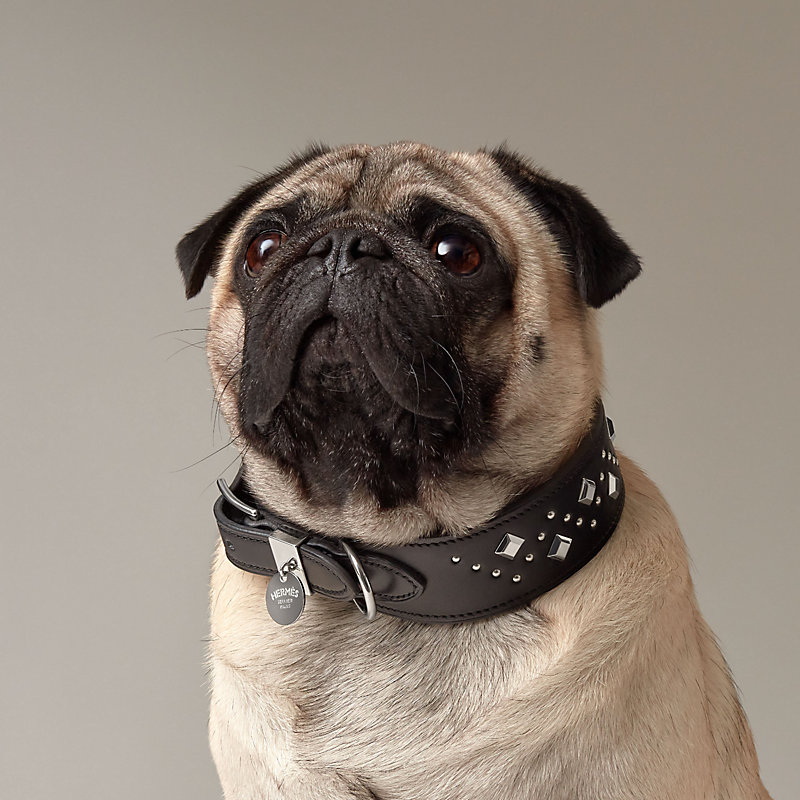Dog collars are a vital accessory for our four-legged friends. Dog collars are used for many purposes including identification, style as well as safety. The search for the perfect dog collar isn’t easy with so many options that are available.
Dog Collars can be used for a variety of purposes.
Dog collars have a function that goes beyond being a fashionable accessory. They are vital to your dog’s well-being. Let’s take a close examine the various features of dog collars and how they could help your dog.

Security and Identification. A dog collar’s primary function is as a way of identification. The collar usually has an ID tag that is attached to your contact info to make it easier to locate your dog in the event they become lost. The best dog collars have a sturdy D-ring to secure the tag, ensuring it doesn’t fall off during play or walks.
Control and training: Dog collars are essential in the training and control of your pet. The standard collars can be laced to a leash. They give you greater control during walks or out in the open. A properly-fitted collar for your dog can assist you in keeping control of your strong or exuberant dog, and also prevent excessive pulling.
Personalization and style: While safety and functionality are important but style and personalization are important too. Dog collars come in a myriad of types of materials, colors, and styles. They let you showcase your dog’s personality as well as your personal tastes. Collars customized to your pet’s style or design add an extra touch.
Dog Collars Types
With the many dog collars that are available, it’s crucial to understand the various types of collars and their distinct functions.
Standard Flat Collar: The most common type of dog collar is the flat collar. They’re simple and adjustable. They’re ideal for everyday wear. They are perfect for securing ID tags or attaching leashes to walks.
Martingale Collar: Martingale collars are specifically designed for dogs who are prone to slide out of traditional collars. They tighten when the dog pulls at the leash, preventing escape without choking. Greyhounds, as well as other dogs with head sizes that are narrow are perfect potential candidates for these collars.
Prong Collar Prong collars also known as pinch collars, have been criticized but they are effective for certain training scenarios. Metal prongs can be used to press the dog’s neck when pulling to stop pulling, thus preventing this behavior.
Head Collars The head collars, similar to Halti or the Gentle Leader or Halti offer control over your dog’s head and make it easier for them to direct their movements. They can be useful for dogs who pull a lot or excessive excitement.
Harness: While they’re not technically a collar nor a leash, harnesses should be considered. They may be more accommodating to dogs with tracheal problems, as they distribute the pressure equally. Harnesses may be a good option for dogs that have breathing issues or are small breeds.
The Most Effective Dog Collar
The best collar for your dog is based on their size, behavior, and requirements. Consider these factors when choosing your collar:
Size and Fit The collar should fit snugly, but not too tight. Two fingers should fit between the ring of the collar and the dog’s neck. Make sure the collar isn’t too loose because it could allow your pet to slide.
Collars for dogs are constructed out of a variety of materials including leather, nylon and chain. Be sure to consider your dog’s comfort and your preferences. The collars made of leather may be more durable and fashionable However, nylon collars will be lighter and more easy to clean.
Safety Features to ensure your dog’s safety, pick collars with reflective strips. These will make them more visible in the dark. Breakaway collars are also available that can be released if your dog gets stuck by an object, thereby preventing the dog from choking.
The behavior of your dog: Consider your dog’s behavior before deciding on the right collar. If your dog is pulling the leash, it’s possible to think about a martingale harness or a halter that does not pull. Standard collars are suitable for dogs who are quiet and well behaved.
Style and Personalization: Express your dog’s personality and your personal style with an outfit that is reflective of both. Customized collars and those with unique designs add an individual accent to the look of your pet.
Conclusion
Dog collars are essential to your dog’s security and training as well as for their style. The size, the material, safety as well as the dog’s personality are all factors to consider when choosing a collar for your dog. By wearing the right collar your dog is guaranteed to be safe and look stunning when they go for a walk in the park, or lounging at the house.
Leave a Reply